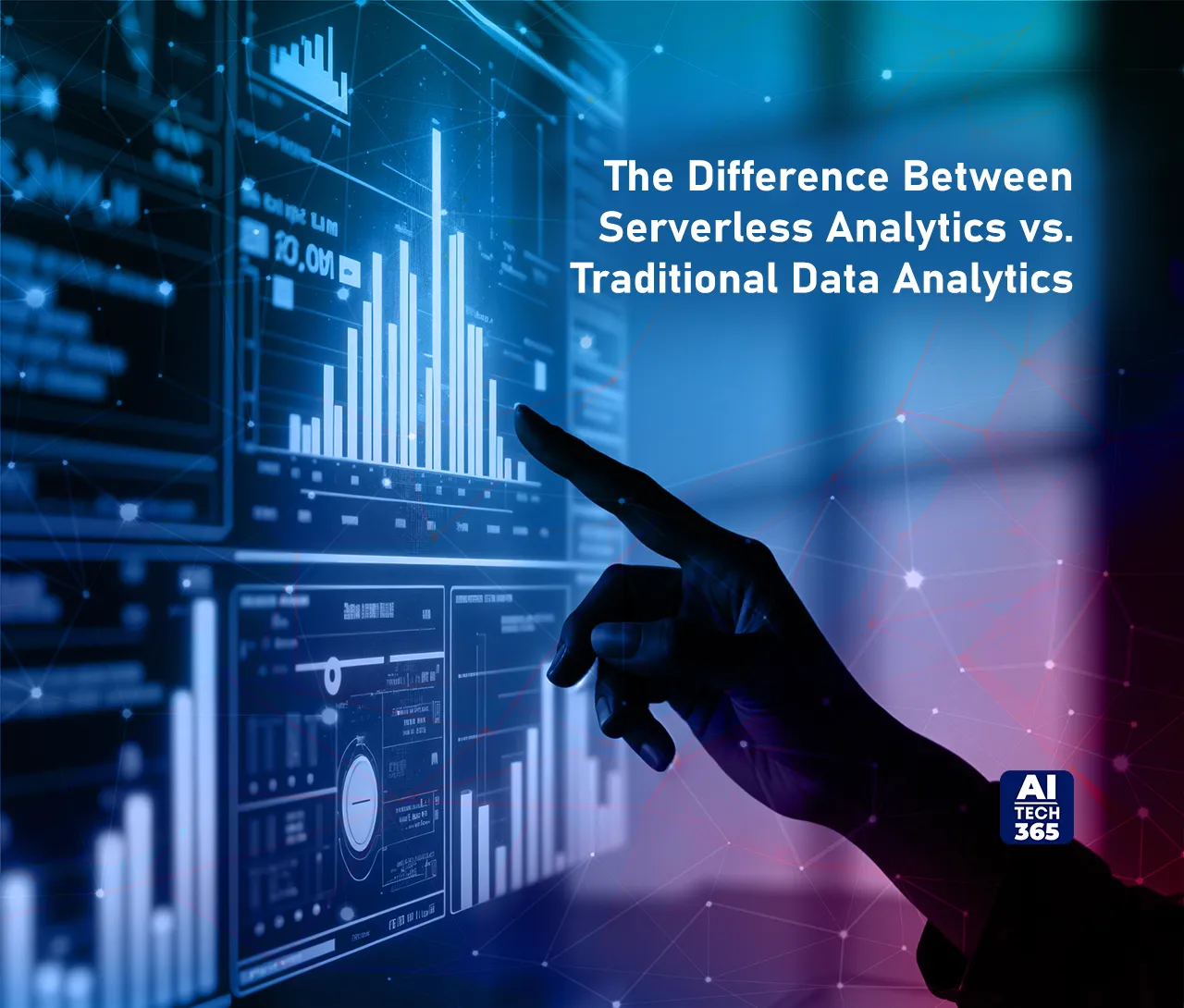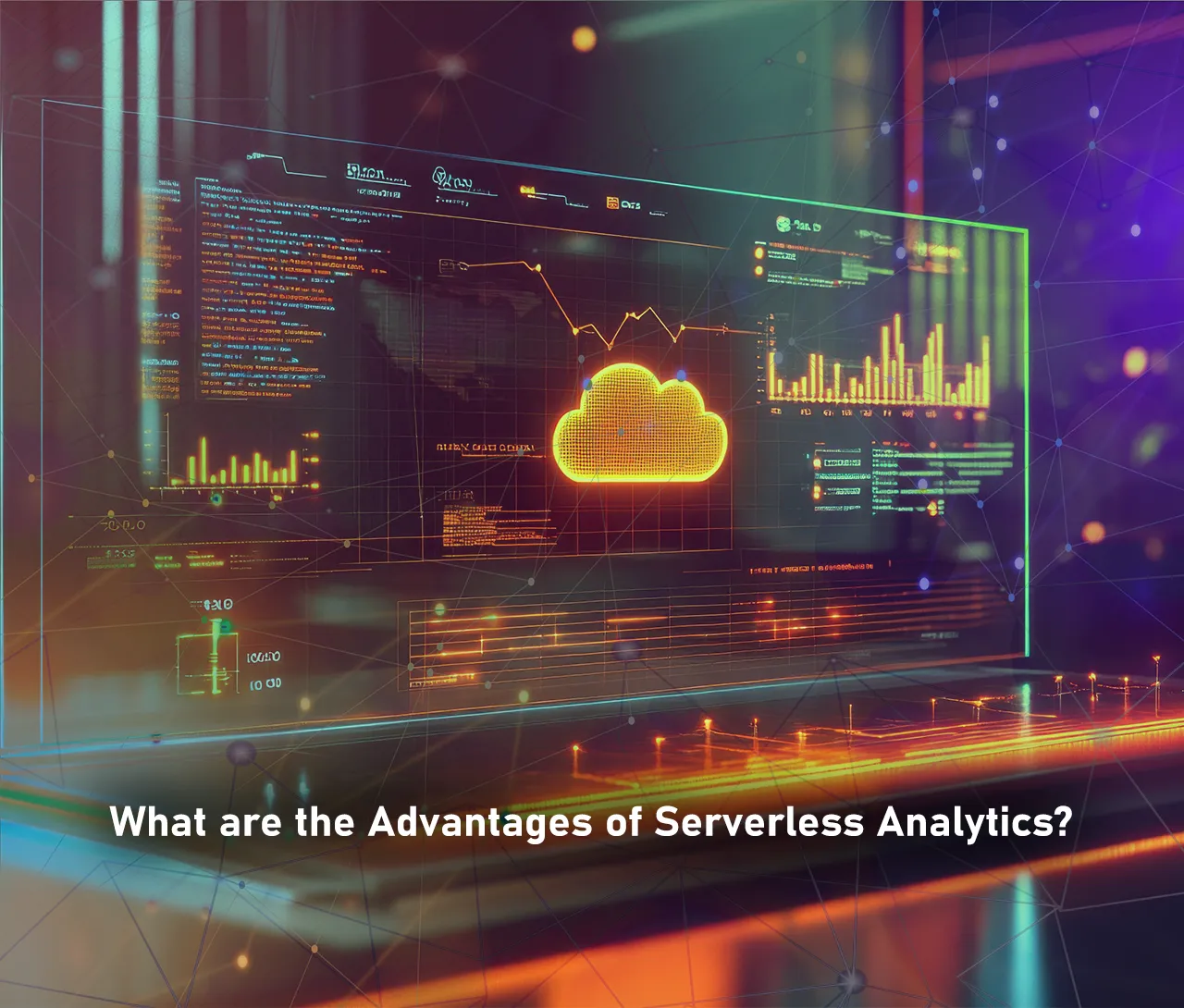In today’s data-driven world, where data analytics lies at the heart of the success of modern enterprises. Data analytics enables organizations to make better decisions by detecting patterns and trends in real-time. It needs ingesting, saving, processing, and absorbing massive amounts of data that traditionally need intricate and huge-scale distributed systems.
Organizations that do not integrate an effective data analytics solution can have costly repercussions both in terms of finances and getting valuable insights. This is where serverless analytics comes into the picture. Serverless analytics acts as a building block for businesses to easily develop data lakes and data pipelines that process and evaluate petabytes of data without requiring them to maintain any infrastructure components.
There are various organizations that still rely on traditional analytics processes to gather valuable insights from their data. If you are confused about whether to opt for traditional analytics or serverless analytics for your organization you are at the right place. Read along to understand the difference between traditional and serverless data processing. Also, further in the blog, we have explored the benefits of serverless data processing.
The Difference Between Serverless Analytics vs. Traditional Data Analytics
The following are the key differences between traditional and serverless data processing:
|
Traditional Data Processing |
Serverless Data Processing |
|
|
Traditional data analytics requires managing infrastructure. The organization is responsible for additional operating expenses required by the IT teams to maintain servers. | Serverless analytics needs zero infrastructure management. The cloud vendor is responsible for maintaining the required infrastructure. |
|
Traditional data analytics can involve managing many moving parts. Constant tracking and regular maintenance are needed for legacy data processing infrastructure to ensure the health and performance of the system is maintained. It requires statistical analysis and modeling, data mining and machine learning, data visualization, and more. | Serverless analytics can be easier to use. Adopting serverless functions streamlines scalability and parallel processing. It is an effective approach for ad-hoc computation and distributed batch data processing. |
|
Traditional data analytics requires manual scaling. The extract, transform, and load (ETL) workflows are implemented on the organization’s servers with tailor-made scripts/tools. | Serverless analytics automatically scales resources depending on demand. The functions of serverless analytics get triggered based on the events. Hence, there is no need to pre-allocate resources. |
|
Manual scale for addition and upgradation of servers might increase the expenditure of the organization. | Manual intervention is not required for dynamic scaling, which helps organizations to save costs. |
|
Traditional data analytics requires continuous costs for server operation. With legacy data processing solutions, organizations have to bear fixed server costs irrespective of the usage. Additionally, scaling infrastructure might create resource inefficiencies. | Serverless analytics offers its clients a pay-as-you-go subscription model that eliminates fixed costs associated with it. |
These are the key differences between traditional analytics and serverless analytics. In the next segment of the blog let us have a look at the benefits of serverless analytics.
Also Read: A Comprehensive Guide to AI Orchestration
What are the Advantages of Serverless Analytics?
Embracing serverless analytics offers businesses multiple benefits which we have pointed out below.
● Easy-to-Use Infrastructure
Businesses do not need allocated resources to maintain the infrastructure. All the maintenance and upgrades are done by the cloud provider. It is an effective way to save time, effort, money, and resources for organizations that want to prioritize their core competencies instead of spending time to manage the entire infrastructure. Serverless analytics allows businesses to easily set up their code and enables them to execute the code without fearing about managing the underlying infrastructure. With serverless data processing, developers can focus more on what matters—coding and innovating—without getting bogged down by managing servers. Taking infrastructure off their plate, frees up time to quickly adapt to shifting requirements and market demands, helping companies launch products faster and stay ahead in a competitive landscape.
● Less Coding
Serverless data processing manages all the scaling and load balancing for organizations, which frees up time for the development teams. The teams can utilize the time to write codes instead of managing the infrastructure.
● Flexibility
Serverless analytics vendors do not have vendor lock-ins. Additionally, they do not restrict you to any particular programming language or framework. With serverless analytics, developers have to just write the code and deploy it.
● Minimized Expenditure
Organizations that partner with serverless analytics vendors will have minimum expenditures because they do not have to pay for the servers or their maintenance. Enterprises only have to pay when their code gets executed on the cloud. Moreover, a few vendors allow users to leverage a free tier for small projects.
Wrapping Up Serverless Analytics
Serverless analytics is one of the most effective ways for businesses to start if you are still in the experimentation phase with analytics. It is also a great place to start if you have an analytics workload that really does not have operating expenses for maintaining a vast dedicated server. There are various vendors in the market that help organizations to enhance their analytics capabilities.


